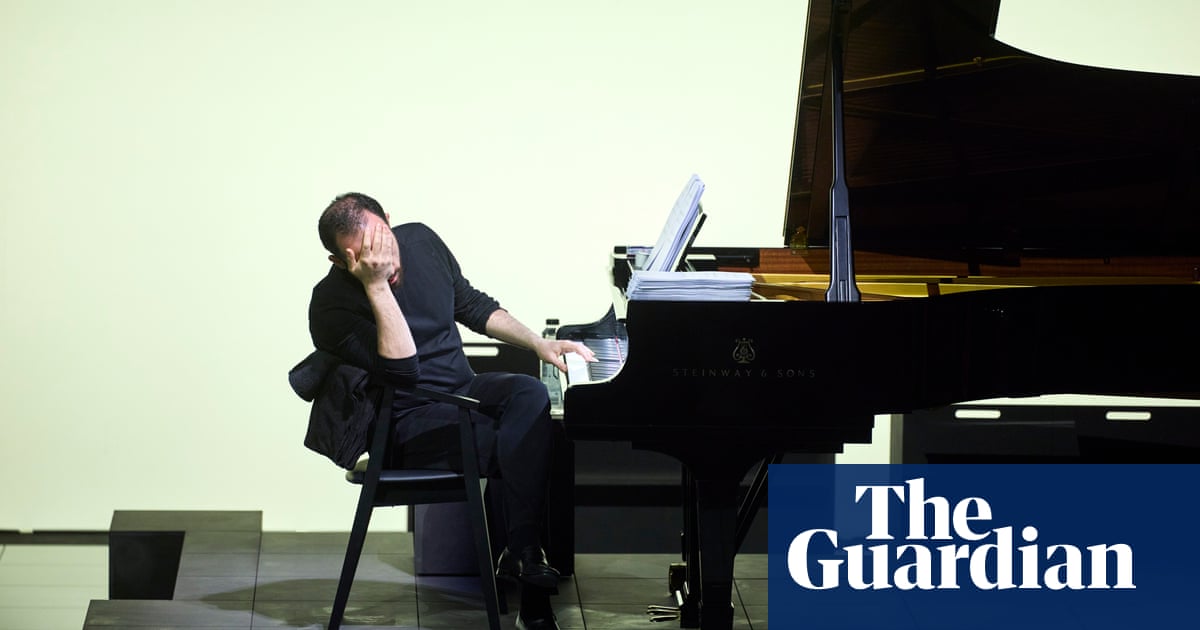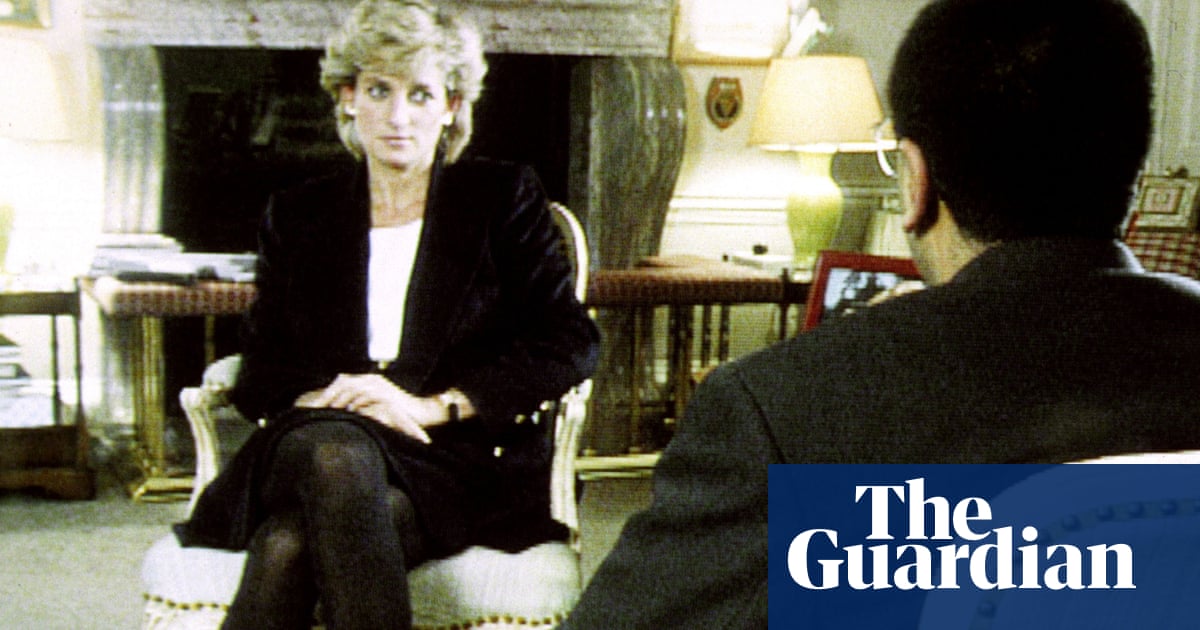European film is booming. Really. In spite of the disruption caused by the pandemic to production and release schedules, film productions on the continent have increased by more than 50% over the past decade. Some of these new films will premiere at the Berlin film festival, which opens today, or Cannes and Venice later in the year. Those who don’t manage to get a slot at the “big three” can still hope for red-carpet treatment: the submission platform FilmFreeway records more than 600 new European film festivals for this year alone.
There is a less shiny flipside to the golden decade of European film, however. Since 2011, the growth in film productions has not been matched by a similar growth in audiences, meaning fewer moviegoers per film. In economics, increasing choices through product differentiation – offering more options to cater to diverse tastes – usually boosts demand. But for European cinema, the increase in production has not translated into more ticket sales. The French director Jacques Audiard’s Emilia Pérez feels like a symptomatic film in this regard, irrespective of the recent controversy around its star’s social media comments. It was a jury-prize winner at Cannes, hyped as an arthouse-to-mainstream crossover hit with a triumphant night at the European film awards – and has mostly left cinemagoers cold.
There could be many reasons for this, such as market saturation, competition from blockbusters, or the winner-takes-all nature of the film market, where a small number of films draw the most viewers and prizes. Another explanation may stem from the increased concentration of resources and power – an industry with no incentive to care about its audience.
Whoever walks home from the Berlinale with the Golden Bear on 22 February, the biggest winner of the festival will be the EU. Through its Creative Europe Media (Mesures pour Encourager le Développement de l’Industrie Audiovisuelle) programme, it supports 14 films featured in this year’s event. It backs the Berlinale’s industry hubs – the European Film Market, the Co-Production Market and the World Cinema Fund. It supports Berlinale Talents, a networking platform for emerging film-makers.
Members of Europa Cinemas, a Media-financed network of film theatres, will be attending the festival in search of movies for their screens. There will be actors as part of Media’s European Shooting Stars, festival directors as part of its Networks of European Festivals, and critics from the Media-funded film journal Cineuropa. For professionals who cannot make it, films can be watched again on Festival Scope, Media’s platform for film programmers.
Few aspects of film-making – training, promotion, production, distribution, marketing – are left untouched by Europe’s largest film fund. The initiative commands a staggering €1.4bn (£1.2bn) budget for the 2021-27 period. Media’s mission is as ambitious as its budget: it aims to support “cultural diversity” and “artistic value”, while strengthening competitiveness in a global market.
The concentration of resources and power especially applies to the festival landscape. Major festivals such as the Berlinale, Cannes and Venice command vast funds, media attention and industry influence. On the other hand, it is estimated that more than two-thirds of the festivals registered on FilmFreeway will not last the duration of the Media programme. As anyone who has ever worked for such festivals can attest, the rewards – whether symbolic or financial – are slim and the workload infinite. Meanwhile, the Berlinale directors earn six-figure salaries.
Such imbalances are not only a result of winner-takes-all dynamics. “Networks” can also work as gatekeepers. Delegates from influential organisations such as Europa Cinemas seldom attend smaller events. Without industry presence or the resources to scout, smaller festivals struggle to secure premieres and often end up recycling movies that larger festivals have already deemed secondary.
This creates a vicious cycle: reaching wider audiences requires passing through a labyrinthine bureaucracy controlled by gatekeepers, and films that fail to do so risk being overlooked entirely. As a dumping ground for less successful films, smaller venues cannot build an identity that could matter outside the festival bubble. As a result, the film world turns inward, addressing the needs of its own members at the expense of the wider public.
A concentrated control of resources creates barriers that prevent their effective and equitable use. Take the launch of Media’s European Film Club. According to the website, the aim is to provide a platform for young people to come together to watch and discuss European films. Though the programme is intended to foster grassroots initiatives, its partners include some of the usual suspects: national film centres, film schools and festivals such as the Austrian Film Academy, the Sarajevo film festival and the British Film Institute. How exactly these institutions qualify as film clubs is questionable. So, too, is the idea that they will attract more audiences.
Where consumer demand is lacking, positive media attention steps in to help. In a recent study, my co-author, Antonios Lagarias, and I examined the impact of public funding on film criticism, using sentiment analysis and machine learning to assess if the reviews of the Media-funded platform Cineuropa align with the commercial success of European films. Our findings show that Cineuropa’s reviews are significantly more positive than those of major industry outlets such as Variety and the Hollywood Reporter, leading to an overestimation of the films’ popularity. Despite being framed as a source of film criticism, Cineuropa’s institutional links compromise its objectivity. As we show, such misleading signals represent unfair commercial practices and may risk the crowding out of films that people want to see.
The website of Media Germany celebrates the organisation’s presence at the Berlinale as nothing less ambitious than to foster “synergies, sustainability strategies, competitiveness and new business models”. The EU may dream about films for Europeans, by Europeans, about Europe. But at the heart of such visions lies a trilemma. Meeting any two of these goals undermines the third: films that resonate with European audiences and are crafted by European film-makers may not focus on European themes; films about Europe that are made by local talent may not attract European viewers. True diversity may not be possible when all of these goals are pursued at once and under the auspices of a single institution.
History shows that top-heavy approaches to cultural production have led to suppression of diversity and the silencing of artists who did not conform. The Media programme concentrates power and influence when it allocates vast resources to select institutions. Instead of fostering diversity, this makes European cinema resemble a monoculture controlled by those who manage or are closest to the funds. While the EU is the biggest winner at the Berlinale, the biggest loser might just be the audience.
-
Moritz Pfeifer is a film critic and research fellow at Leipzig University’s Institute of Economic Policy

.png) 2 months ago
20
2 months ago
20













































